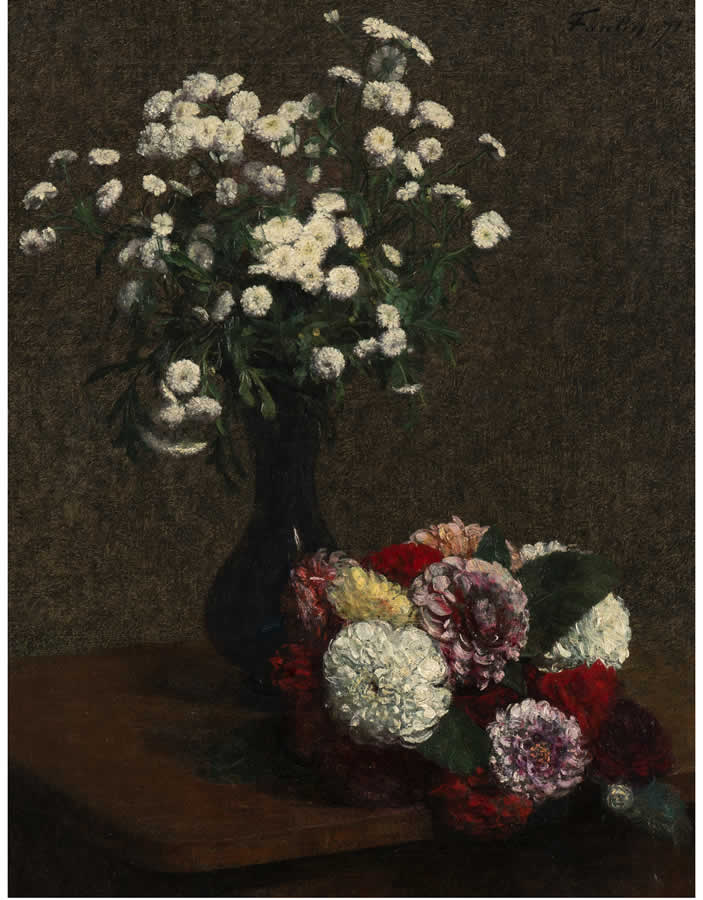19TH-CENTURY FRENCH PAINTER AMONG SMALL GROUP OF ARTISTS WHOSE WORK IS IMMEDIATELY RECOGNIZABLE
In a century when most artists sought the approval of the established Salon exhibition jury or rebelled and joined the avant-garde, Henri Fantin-Latour followed his own instincts.
EVENT
EUROPEAN ART SIGNATURE® AUCTION 8047
June 4, 2021
Online: HA.com/8047a
INQUIRIES
Elyse Luray
214.409.1369
ElyseL@HA.com
“Fantin’s career encompassed the artistic agitation of the 19th century; the end of Romanticism, the affirmation of Realism, Naturalism and Symbolism, all the while retaining a very strong consciousness of Classical tradition,” fine art historian Xavier Rey told The Irish Times in 2016. Rey was co-commissioner of a Fantin-Latour exhibit at the Musée du Luxembourg in Paris in 2017. “In all art history, there is a very small group of painters whose work is immediately recognizable: Fantin belongs to that group.”
Fantin-Latour’s oil on canvas Fleurs, 1871, consigned by an estate in New York City, is being offered at Heritage’s European Art auction, scheduled for June 4, 2021. It’s expected to realize at least $250,000.
Fantin-Latour (1836-1904) was born in Grenoble in eastern France. He would study at the École des Beaux-Arts in Paris. He met Edgar Degas in the Louvre in 1855, Edouard Manet in 1857 and Berthe Morisot in 1858, according to the website Henri-Fantin-Latour.org. In 1859, according to the website, James Abbott McNeill Whistler invited Fantin-Latour to visit London, where through Alphonse Legros and the amateur engraver Edwin Edwards, he became associated with the artistic milieu of the English capital.
Enlarge

Fleurs, 1871
Oil on canvas, 21½ x 16½ in.
Estimate: $250,000-$350,000
In 1864, he exhibited at the Royal Academy. In London he was especially popular for his flower pieces, which he began to paint in the same year.
“This exceptional painting has been in a prominent family’s homes in New York City for multi-generations,” says Elyse Luray of Heritage Auctions’ Trust and Estates department. “Henry Fantin-Latour is known as a master of beautiful still-life paintings, which can be seen in the Musée d’Orsay and the National Gallery of Art in Washington, D.C. Now collectors have a chance to own a museum-quality piece from one of the most prominent artists of the late 1800s.”
This article appears in the Spring 2021 edition of The Intelligent Collector magazine.

